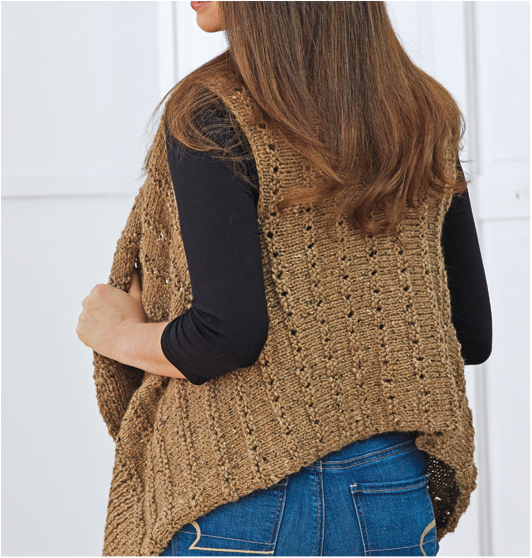CONTENTS
Guide
ONE-PIECE
KNITS
ESSENTIAL DESIGNS in MULTIPLE SIZES & GAUGES for SWEATERS KNIT TOP DOWN, SIDE OVER, and BACK TO FRONT
MARGARET HUBERT

Acknowledgments
I HAVE A LONG LIST of people to thank for their help in putting this book together.
I would especially like to thank Berroco, Cascade Yarns, Classic Elite Yarn, Knitting Fever, Kristin Omdahl, Lion Brand Yarn, Manos del Uruguay, Plymouth Yarn, and Universal Yarn, for contributing the yarn for the samples in this book. I also want to give them a big thank-you for their continued support of designers everywhere.
Thanks to Paula Alexander, Jeannine Buehler, Diane Cuthbert, Theresa DeLaBarrerra, Mary OHara, Nancy Smith, Marie Stewart, and Sharon Valencia, who helped me make all the samples.
Thanks to my granddaughter, Nicole Valencia, who modeled some of the garments, and my son, Christopher Hubert, who took some of the photos.
Last, but by no means least, a very big thank-you to the small army behind the scenes who make the book come together: Joy Aquilino, Regina Grenier, Rita Greenfeder, Heather Godin, and Linda Neubauer, just to name a few, and all the many others. Without them, there would be no book.
Thank you all! Margaret
INTRODUCTION
WHAT IS THE APPEAL of one-piece knitting? Over the years, Ive found that the one thing most knitters cant do well is sew their garments together. The biggest challenge seems to be setting in the sleeves. Even if they can do it properly, most knitters dont enjoy that part of the process. One-piece knitting eliminates this task entirely. The simple techniques in this book are really just a matter of sectioning off parts of the sweaterfront, back, sleevesand placing some sections on holders while others are being worked. While you may still need to do some sewing or picking up stitches, in one-piece knitting, you never need to set in a sleeve.
In addition to eliminating a lot of sewing tasks, one-piece garments fit better and can be more easily altered to keep up with growing children and fickle fashion. For example, using the two methods in this book that are worked from the top down, its easy to lengthen the sleeves and the body for a growing child or to pick up stitches and add a different stitch pattern to the hem and the sleeves. Working in one piece also enables knitters to quickly become designers. By learning some basic principles and how to add your own special touches, you can create something truly unique.
How to Use This Book
With One-Piece Knits, its possible to make the same sweater in an almost infinite variety of patterns and sizes, with the potential to make each garment your very own creation.
The books four chapters reflect the four techniques of one-piece knitting: raglan-style sweaters knit from the top down; yoke-style sweaters knit from the top down; sweaters knit side over (from cuff to cuff); and sweaters knit from the bottom of the back up over the shoulders and down to the bottom front.
Each section includes charted instructions for making pullovers and cardigans using the featured technique in multiple sizes, yarn weights, and gauges. For the classic sweaters, sizes range from childrens size 2 through mens 2X, and Craft Yarn Council yarn weights from Light  to Bulky
to Bulky  , with recommended gauges and needle sizes for each. See for details on the yarn weights.
, with recommended gauges and needle sizes for each. See for details on the yarn weights.
Once youve knit the classic sweater in each chapter, youll be ready to try the three design variations. Some may look intricate and difficult to make, but theyre just variations on the classic. I hope the expanded styles will show you how easy it is to vary the basic instructions, thus creating an entirely different piece. Perhaps theyll jumpstart your imagination and give you confidence to try your own improvisations: change or add a collar, add stripes or a different edging, or use other stitch patterns.
Most of all, I hope you enjoy the book, whether youre already a fan of one-piece knitting or brand new to these techniques. Have fun!
Margaret
Top-down Raglan
Top-down Yoke
Side Over
Back to Front
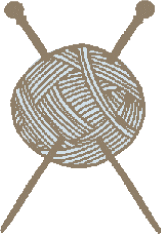
One-Piece Knitting
FREQUENTLY ASKED QUESTIONS
Over the years, students in my classes and workshops have repeatedly asked the following questions about the techniques featured in this book.
DOES ONE-PIECE KNITTING GET HEAVY AND UNWIELDY WITH SO MANY STITCHES ON THE NEEDLE? While this generally isnt an issue for children, teen, and womens smaller sizes, womens larger sizes and mens sizes can be a bit of a challenge. At one point, just before you divide for sections, there may seem to be an unending line of stitches on your needle. Fortunately, this situation lasts for only a short time and, in my opinion, the finished results are worth the temporary discomfort.
ARE CIRCULAR AND DOUBLE-POINTED NEEDLES DIFFICULT TO WORK WITH? Anyone who can knit and purl can master these tools. The use of double-pointed needles for sleeves, neckbands, and cuffs does intimidate some knitters, but since circular needles are available in a very large selection of lengths and sizes, in most cases, they can be substituted for double points.
DO THESE METHODS WORK WITH ALL YARN WEIGHTS? In my experience, very fine and very bulky yarns dont lend themselves well to one-piece knitting. With very fine yarns, you can literally end up with several hundred stitches on your needles. Following the Craft Yarn Councils guidelines, the instructions in this book use several yarn weights and gauges that Ive found work best for these techniques. The most important thing when knitting is to make a swatch before starting your project to make sure youre getting the required gauge. I cannot stress this enough.
SIZE GUIDELINES
SIZING FOR ALL of the charted instructions is based on industry standard measurements used by the Craft Yarn Council. Visit their website for detailed information about sizing: www.craftyarncouncil.com. The following charts give you upper-body measurements in each size range to help you determine which size to knit and which columns to follow. These are actual body measurements, not the finished dimensions of the sweaters. Standard fitting ease of 2" to 4" (5 to 10 cm) has been included in all the instructions.


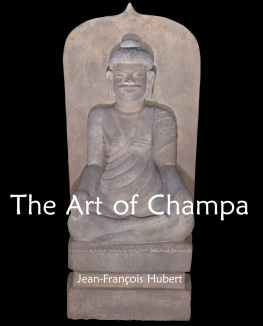
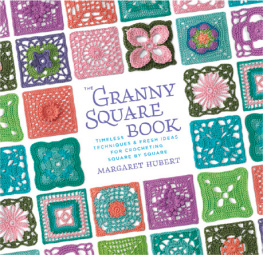
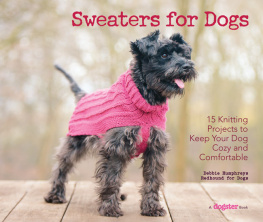

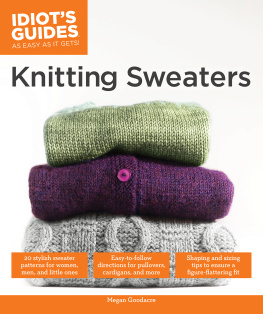
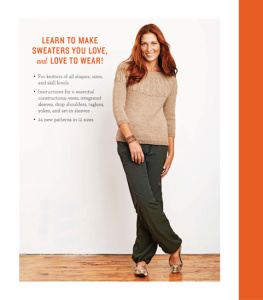

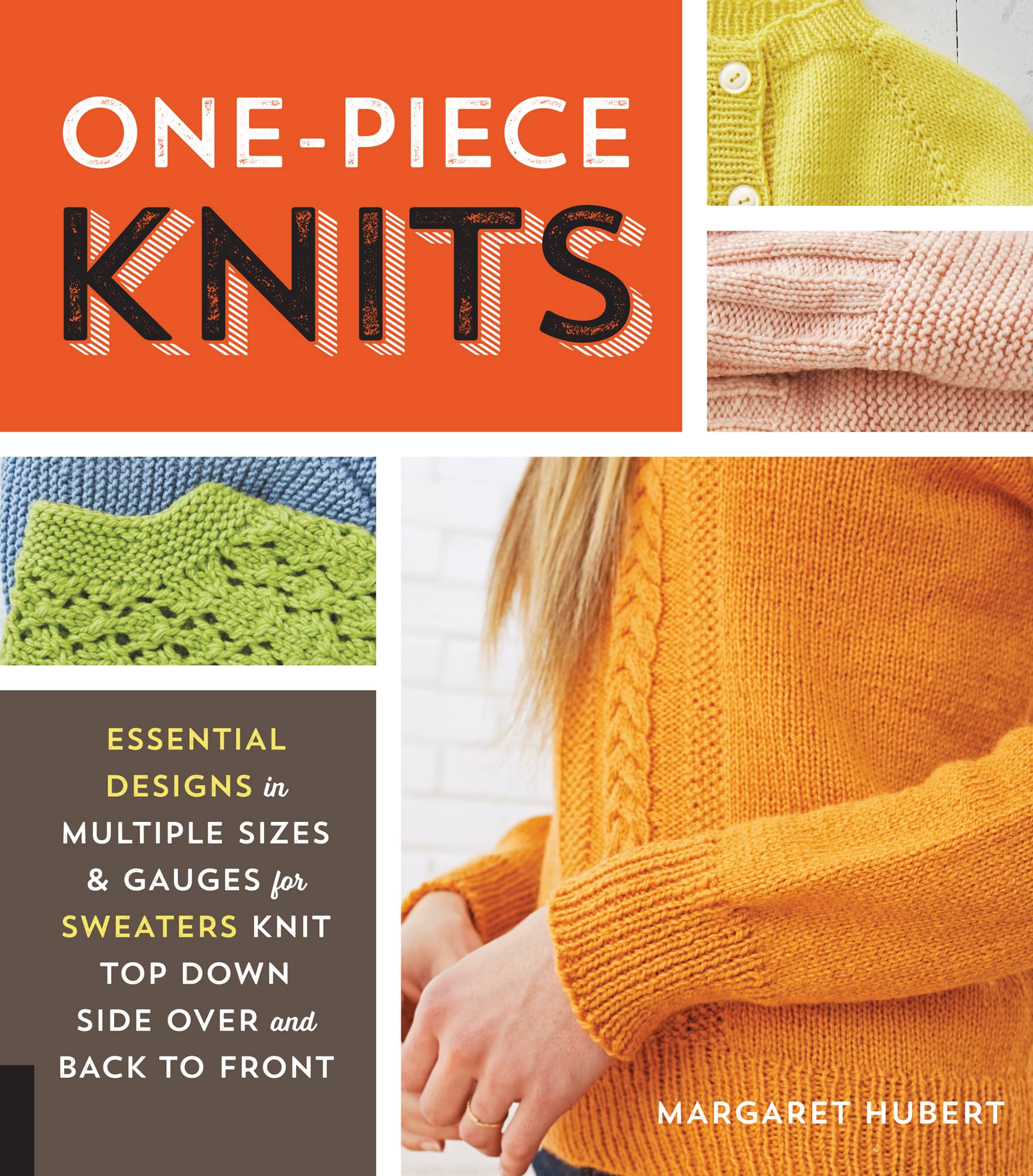



 to Bulky
to Bulky  , with recommended gauges and needle sizes for each. See for details on the yarn weights.
, with recommended gauges and needle sizes for each. See for details on the yarn weights.

